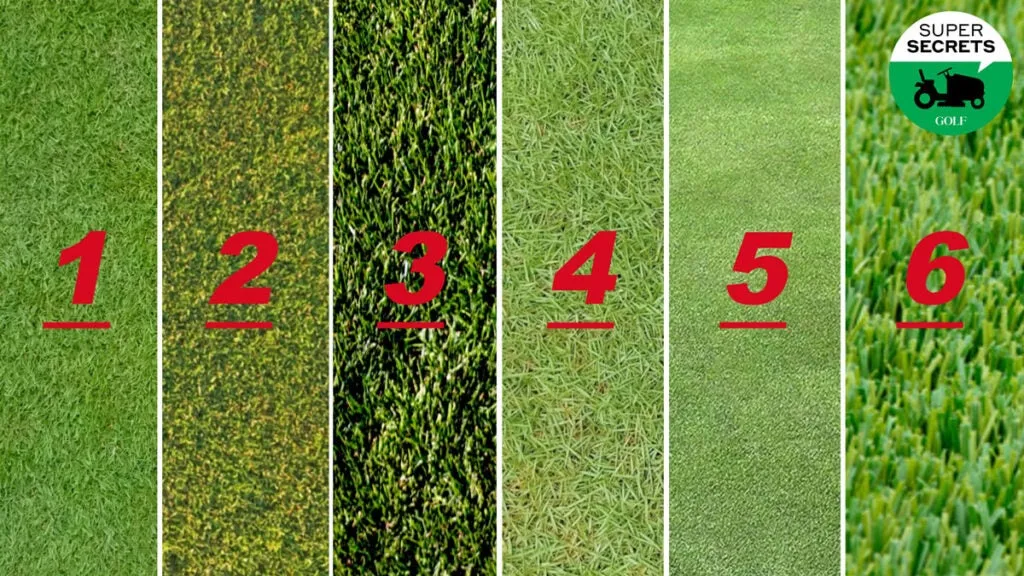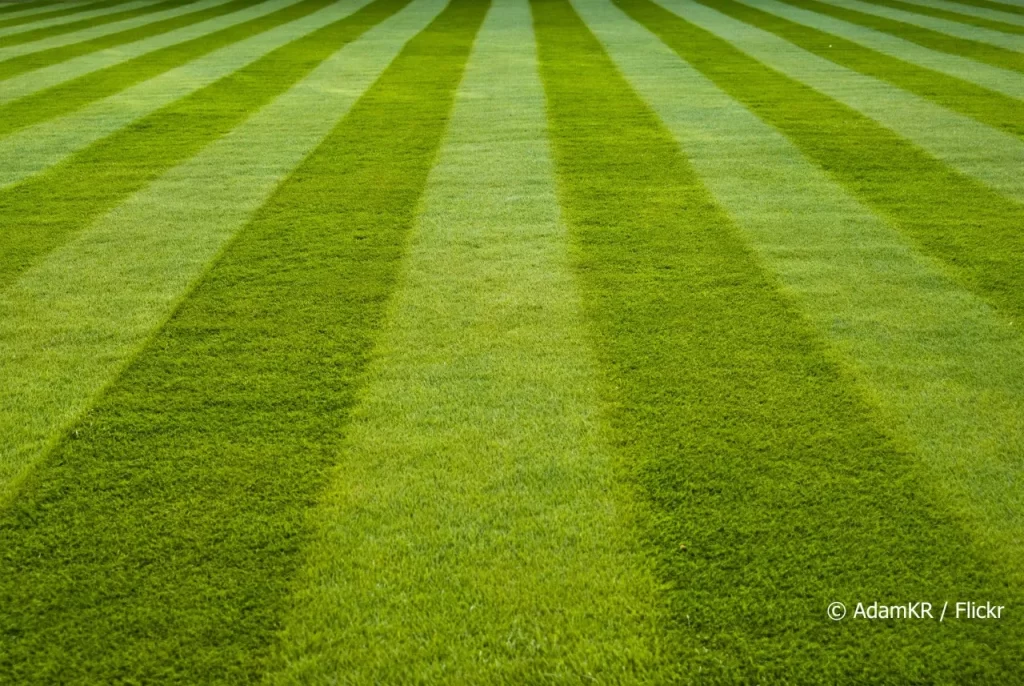Grass balls, also known as moss balls or Kokedama, are becoming increasingly popular in the world of indoor gardening. These unique and visually appealing plant arrangements have captured the attention of plant lovers, interior designers, and even those with a black thumb. But what exactly is a grass ball and how do you make one? In this article, we will explore everything you need to know about this trending plant and how you can create your own.
History and Origin of Grass Balls

The concept of a grass ball dates back to ancient Japan where it originated as a form of bonsai known as Kokedama, which means “moss ball” in Japanese. It was a popular art form during the Edo period (1603-1867) and was used to create miniature landscapes displayed inside homes. The traditional technique involved wrapping a plant’s root ball with soil and then covering it with moss. This allowed the plants to be displayed without the need for a pot, making them more portable and visually appealing.
Over time, the concept of Kokedama evolved and spread to other cultures, with different variations emerging. In recent years, grass balls have gained popularity in the Western world as a modern and eco-friendly way of displaying plants. Today, they are not only used as decorative pieces but also as a form of gardening therapy.
How to Make a Grass Ball?
Making a grass ball may seem intimidating at first, but it is actually quite simple and requires minimal materials. Here are the basic steps to create your own grass ball:
Materials Needed:
- Plant of your choice
- Soil mixture (a mix of peat moss, clay, and bonsai soil)
- Sheet moss or sphagnum moss
- Twine or string
- Scissors
- Bowl of water
Step 1: Prepare the Moss
The first step is to prepare the moss that will be used to cover the root ball of your plant. You can either use sheet moss or sphagnum moss, both of which can be found at most gardening stores. If using sheet moss, soak it in a bowl of water for about 10-15 minutes until it becomes pliable. For sphagnum moss, simply wet it with some water before use.
Step 2: Mix the Soil
Next, mix the soil ingredients together in a bowl. The ideal soil mixture should be able to hold water and retain moisture, but also provide enough drainage for the roots. A good mix would consist of equal parts peat moss, clay, and bonsai soil. You can also add some slow-release fertilizer to the mix for added nutrients.
Step 3: Remove the Plant from its Pot
Carefully remove your plant from its pot and gently shake off any excess soil from the roots. Be sure to handle the plant with care to avoid damaging the roots.
Step 4: Form the Root Ball
Take a handful of the soil mixture and form it into a ball around the root system of the plant. The size of the ball should be proportional to the size of your plant, typically ranging from 5-8 inches in diameter.
Step 5: Wrap the Moss Around the Root Ball
Place the soaked moss on top of the soil ball and begin wrapping it around the roots. Use the twine or string to secure the moss in place. Make sure to wrap the moss tightly, but not too tight to allow for proper drainage and air circulation.
Step 6: Trim the Excess Moss
Once the moss is securely wrapped around the root ball, trim any excess moss with scissors to give it a neat and tidy appearance.
Types of Plants Suitable for Grass Balls

Almost any plant can be used to make a grass ball, as long as it has a small and compact root system. However, some plants are more suitable for this type of arrangement than others. Some popular choices include ferns, succulents, ivy, herbs, and small flowering plants. Here are some factors to consider when choosing a plant for your grass ball:
- Size: Choose a plant with a small and compact root ball, preferably no larger than 3 inches in diameter.
- Light Requirements: Consider the light requirements of your plant and make sure it is suitable for the location where you plan to display your grass ball.
- Maintenance: Choose a plant that is low maintenance and can thrive in a soil mixture with good drainage.
With these factors in mind, some great plant options for grass balls include:
- Ferns: Boston fern, maidenhair fern, bird’s nest fern
- Succulents: Haworthia, echeveria, sedums
- Ivy: English ivy, Swedish ivy, Algerian ivy
- Herbs: Basil, rosemary, thyme
- Flowering plants: African violets, cyclamen, orchids
Caring for Your Grass Ball
Grass balls require minimal maintenance, making them a great option for those with busy schedules or those who tend to forget about their plants. Here are some tips for caring for your grass ball:
Watering:
The frequency of watering will depend on the type of plant used and the environmental conditions. As a general rule, water your grass ball once a week by soaking it in a bowl of water for a few minutes. You can also mist it once a day to provide some humidity, especially if you live in a dry climate.
Sunlight:
Most plants used for grass balls prefer bright, indirect sunlight. Place your grass ball near a window that receives plenty of natural light but avoid placing it in direct sunlight as it may cause the moss to dry out.
Fertilization:
If you have used a good soil mix with added fertilizer, your grass ball will not require additional fertilization for the first few months. After that, you can fertilize it once every 2-3 months with a liquid fertilizer at half the recommended strength.
Pruning:
As your plant grows, you may need to trim it down to maintain its shape and size. Use sharp scissors or pruning shears to carefully trim the excess growth.
Benefits of Grass Balls

Apart from their aesthetic appeal, grass balls offer several benefits for both plants and people. Here are some reasons why you should consider adding a grass ball to your indoor garden:
Eco-Friendly:
Grass balls are an eco-friendly way of displaying plants as they eliminate the need for plastic pots and reduce waste. They also use less soil, making them more sustainable.
Space-Saving:
Due to their unique design, grass balls can be hung or displayed on any surface, making them ideal for small spaces such as apartments or offices.
Low Maintenance:
As mentioned earlier, grass balls require minimal maintenance, making them perfect for those who do not have a lot of time for gardening.
Indoor Air Purification:
Plants in general, have been proven to improve indoor air quality by removing toxins and pollutants. Grass balls, in particular, provide an extra layer of purification as the moss absorbs pollutants through its pores.
Therapeutic Benefits:
Gardening has been known to have therapeutic benefits, and creating and caring for a grass ball is no exception. It can help reduce stress, boost creativity, and improve overall mental well-being.
Common Issues with Grass Balls and How to Fix Them

Like any other plant, grass balls may encounter some problems. Here are some common issues you may face with your grass ball and how to fix them:
Moss Drying Out:
If the moss on your grass ball begins to dry out, it could be due to the lack of humidity in your home. You can fix this by misting the moss daily or placing a humidifier nearby.
Yellowing Leaves:
Yellow leaves on your grass ball may be a sign of overwatering, underwatering, or poor drainage. Check the soil and adjust your watering schedule accordingly. If the issue persists, you may need to repot the plant with fresh soil.
Insects:
Insects such as mites and gnats can infest your grass ball. To get rid of them, you can use an insecticidal soap or neem oil spray.
Plant Outgrowing the Root Ball:
If your plant begins to outgrow the root ball, you will need to carefully remove it from the moss and repot it into a larger pot with fresh soil. You can then create a new grass ball using the remaining moss and soil.
DIY Grass Ball Ideas
Now that you know how to make a basic grass ball, let’s explore some creative ideas for how you can incorporate them into your home décor:
Hanging Grass Balls:
Hanging grass balls add a touch of whimsy and bring a bit of nature indoors. They can be hung from the ceiling or placed on a shelf or mantel for a unique display.
Tabletop Display:
Create a mini landscape with different sized grass balls placed on a tray with rocks, pebbles, and other decorative elements. This is a great option for those who do not have enough space for a traditional garden.
Terrarium Grass Balls:
Terrariums are perfect for creating a self-sustaining ecosystem. You can create a unique terrarium by using a grass ball as the base and adding other plants and decorative elements inside a glass container.
Hanging Kokedama Garden:
Take your grass ball creations to the next level by creating a hanging Kokedama garden. Simply hang several grass balls of different sizes from a sturdy branch or metal frame to create a stunning display.
Seasonal Grass Balls:
You can change up your grass ball display by incorporating seasonal elements such as pinecones, dried flowers, or holiday-themed ornaments onto the moss.
Conclusion
Grass balls are an innovative and eco-friendly way of displaying plants that have taken the world of indoor gardening by storm. They offer a unique and beautiful way of bringing nature indoors while providing therapeutic benefits for both plants and people. With the simple steps outlined in this article, you can create your own grass ball and let your creativity run wild with various display ideas. So go ahead, give it a try and add a touch of green to your home décor with a personalized grass ball.